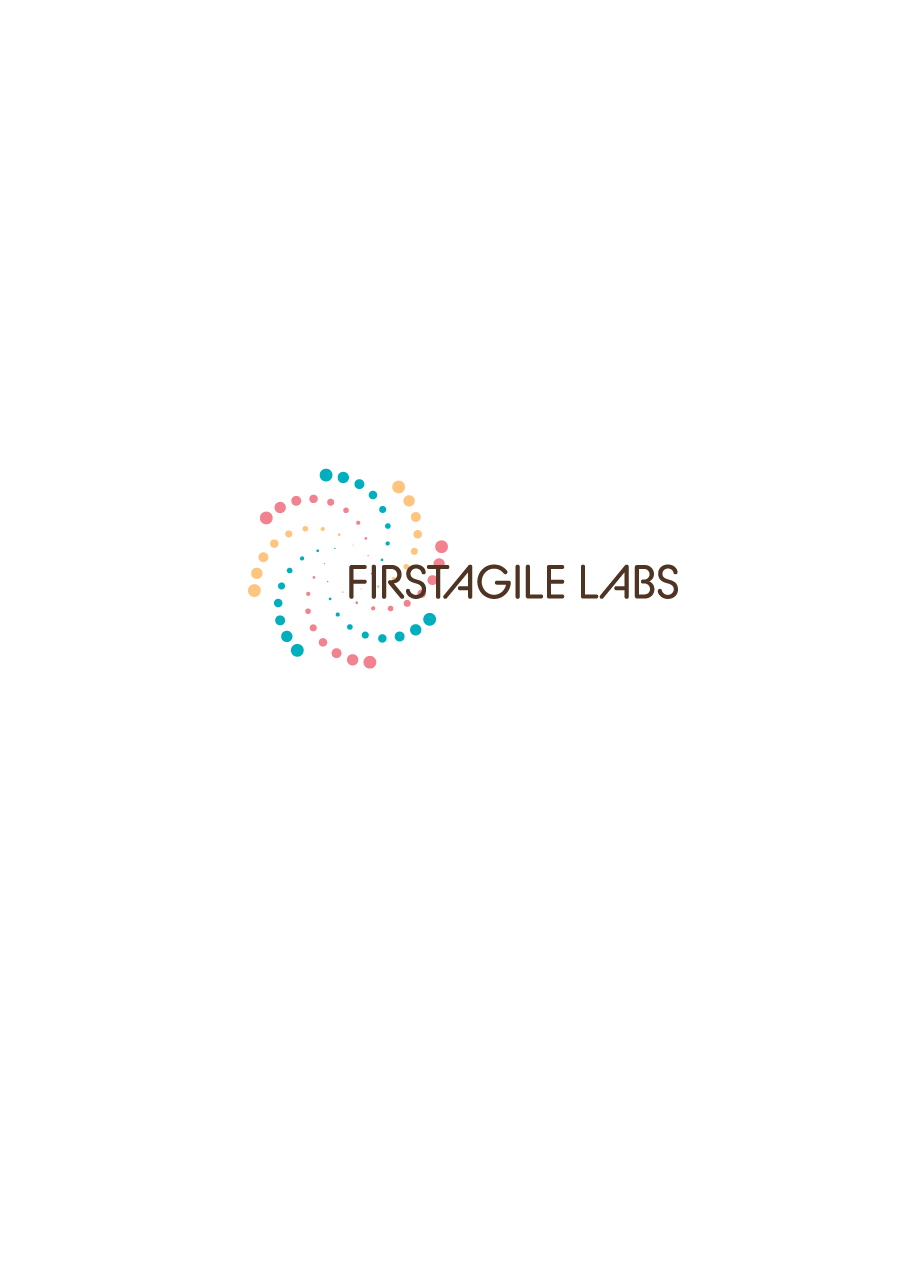Testing & Quality Assurance: Ensuring Perfection in Every Line of Code
Testing & Quality Assurance (QA) in the development of software is aimed at making sure applications and systems have high standards of functionality, performance, and security before they can be deployed. This entails recognizing and fixing faults during the lifecycle of development so that the eventual product is stable and easy to use. QA experts utilize a blend of manual and automated testing methods to identify problems early, which improves the overall quality and performance of the software, ensuring a smooth user experience.
Methods Used:
Manual Test Execution: Performing thorough, hands-on tests to assess the functionality and user experience of the application, ensuring it meets the specified requirements and expectations.
Automated Testing Frameworks: Using test scripts and automated tools to streamline repetitive testing operations, especially helpful for regression, load, and performance testing.
Load and Performance Testing: Testing the system’s ability to support loads of varying sizes and ensuring the system performs satisfactorily during stress, aligning with scalability demands.
Security Vulnerability Assessment: Performing security testing to identify probable vulnerabilities and guaranteeing the application is secure from data breaches and other security threats.
Continuous Integration (CI) and Continuous Testing (CT): Incorporating automated testing in the CI/CD pipeline to automate the development process, with each code update being thoroughly tested and rapidly deployed.
These practices guarantee that software products are not just functional and efficient but also secure and regulatory compliant, providing high-quality experiences to users.


